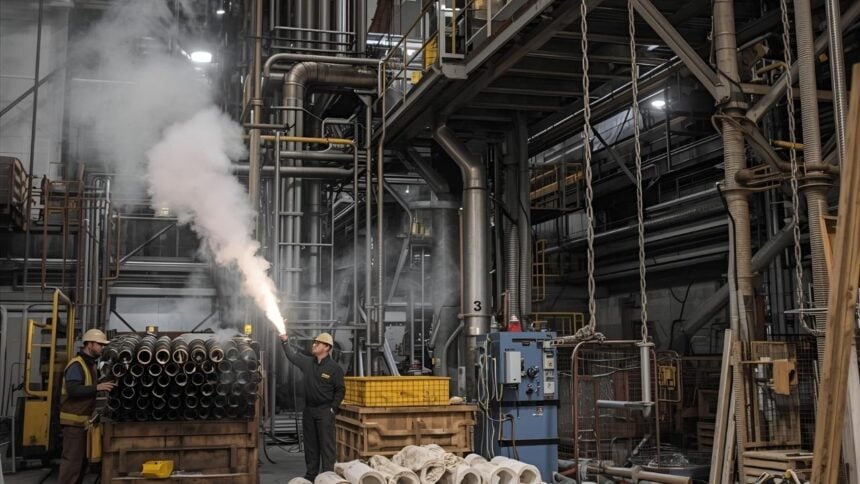A last-minute deal has pulled the Kapuskasing paper mill back from the brink. Local officials and company updates say provincial and federal funding agreements will keep Kap Paper operating while a fuller plan is worked out, averting an immediate shutdown that had been slated to begin this week.
Public details remain scant, and the parties have not disclosed the size or structure of the support.
The lifeline follows a turbulent week. On Sept. 29, Kap Paper said it would start an “orderly idling” of its newsprint mill, citing a gap in near-term financing even after extensive talks with both levels of government.
The mill employs about 420 people and can produce roughly 220,000 metric tons of newsprint annually. The company called the move heartbreaking for workers and the community.
Ontario’s government had already stepped in over the past two years with more than 50 million Canadian dollars in loans to stabilize the operation.
Queen’s Park publicly urged Ottawa to join as a funding partner when the idling was announced, underscoring how exposed the region’s integrated forest sector has become.
Evidence of a turnaround started to surface Friday when the company said it was working on a restart plan after “good progress” on provincial and federal support.
That signaled that some form of bridge financing was coming together even before today’s confirmation that a broader deal had been reached.
The mill’s importance extends well beyond its headcount. Kap Paper is a key buyer of wood chips and biomass from northeastern Ontario sawmills.
When the shutdown loomed, GreenFirst Forest Products said it would curtail operations at nearby sawmills, a reminder of how a single newsprint facility helps balance residue markets across the region.
Any sustained restart in Kapuskasing could ease that pressure.
Community leaders had spent the week pleading for a stopgap loan to keep the mill running while longer-term federal programs were finalized.
At a midweek rally, local officials said the closure would ripple through small businesses and municipal finances, and pressed both levels of government to resolve jurisdictional wrangling.
Today’s agreement answers at least part of that call, though the durability of the support remains to be seen.
Unions also pushed for action. Unifor, which represents workers at the site, argued that losing Kap Paper would undercut Canada’s housing ambitions by severing a critical link in the wood supply chain.
The union framed the file as a test of industrial strategy in rural regions that have already absorbed multiple mill closures.
The big questions now are timing and terms, Officials have not released the amount of new aid, the instruments being used or any operational conditions attached to the support.
A clean, rapid restart would help stabilize fiber flows and transportation contracts tied to the mill.
If the package is short-term, the mill may still need a capital plan to adapt to a market where North American newsprint demand continues to shrink and specialty grades or bio-based products carry more appeal.
The company has said only that it will work out restart details this week.
Sawmills across Kapuskasing, Hearst and Cochrane will be looking for clarity on chip offtake to reverse recently announced curtailments.
The community, which mobilized quickly when the shutdown was first floated, will also be watching for confirmation that the mill’s return to service will be measured in weeks rather than months.
For now, the immediate crisis has eased, the work of turning a lifeline into a lasting fix begins next.




















